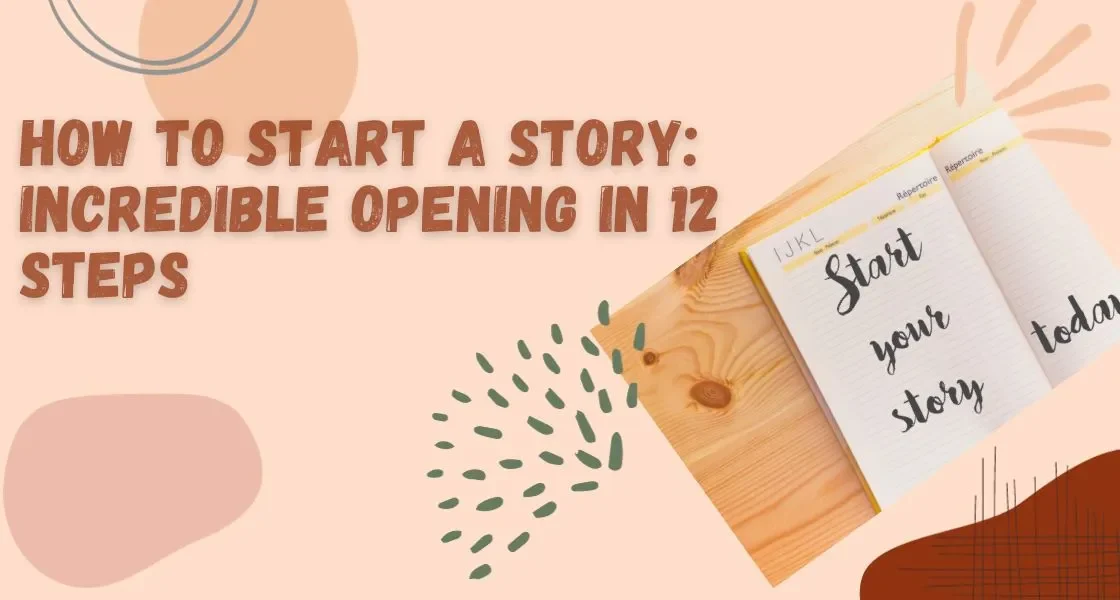
Table of Contents
ToggleKick-Up Your Format With a Smart and Captivating Start:
The beginning of the story holds the power to narrate what the whole story is going to be about.
An interesting initial feels like a starter from which the audience can decide how the actual meal will taste.
Every story has to start from somewhere, but getting the actual idea point is a real matter. Crafting a story is fun until you know where it is heading, and as soon as you realize you have lost the hold, writing holds the power to change from a sunshine dream into your worst nightmare.
But, there is nothing to worry about as we have gathered the most perfect and targeted steps through our experience and expertise that will create an ever-lasting impression on readers’ minds.
Or if you are still stuck somewhere and not finding any way out, you can choose a reputable company for story writing services from the start or the middle or need any revision or editing in your manuscript.
Steps to Write a Engaging Start:
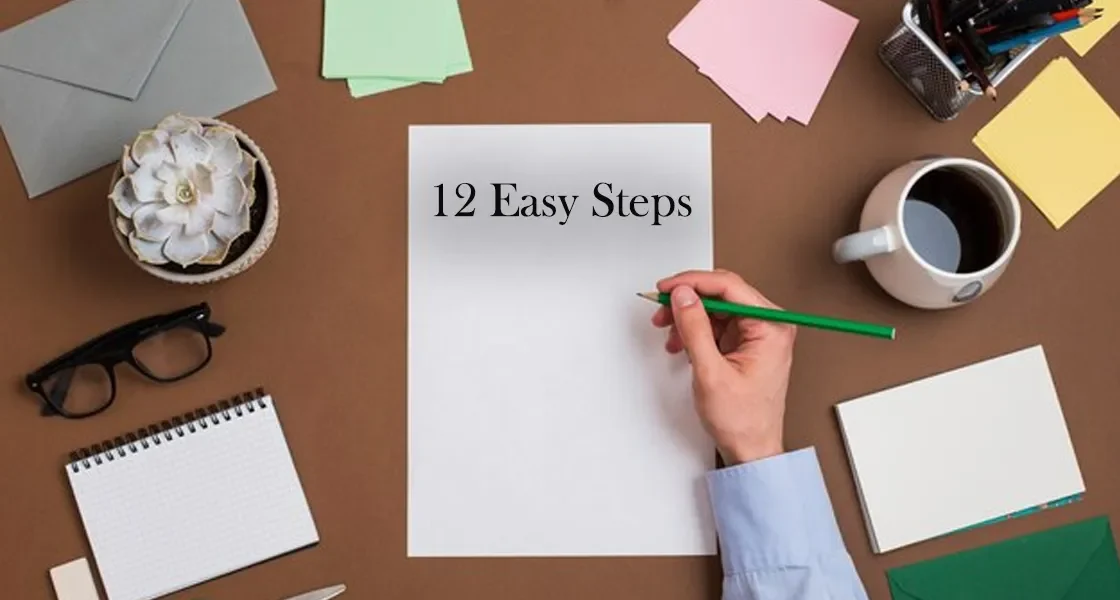
- Tackle with a question:
- Main Character Background:
- Set a Spark:
- Kick up with a Ballad or Poetry:
- An Incident that Changed the Main Character:
- Start with an Action:
- Catch a Hooky Hook:
- Think Cinematically:
- No one-size-fits-all:
- Compelling Illustrations:
- Build a Convincing World:
- Create Climax:
Tackle with a Question:
An unanswered question can be a very easy reason to hold on to a reader to an extent of five pages. It should be a question that the answer is just to read on and on. Even your title can be a question that intensifies the audience to open up the actual material.
We have some of the interesting checkouts here:
1 Is Everyone Hanging Without Me? Mindy Kaling
It’s a memoir in which Mindy reveals the actual conceptions of life, the observations of people and the impacts that the world creates on our minds, including romance and friendship.
2 Are You There God? It's me, Margaret. Judy Blume.
A twelve-year-old girl who loves pink, rain and sunshine in her own life but suddenly gets a plot where they have to shift from New York City to New Jersey. Now she has to deal with new friends, and the atmosphere and triggering point comes when everyone asks her to continue the Jewish community, and she considers herself without any god.
3 Do Androids Dream Of Electric Sheep? Philip K. Dick
A question that arises as a gateway to many new creatures, humans face robotic and upcoming wars and conflicts.
These are some of the most targeted questions that can keep a very catchy hook to the end and will consider plots on the most unexpected moments.
Main Character Background:
Suppose you are writing fiction or character-driven stories. In that case, giving a major hint of the background, character belonging or plot that changed the character’s overall characteristics holds the power to captivate the audience. But that doesn’t mean spilling the tea clearly in a flow.
It should be like a secret that is graved in the family by a 1st generation father and dug up again by the 7th generation son when his chair falls on the ground, but fortunately, it doesn’t break. Still, a golden light suddenly pops from the ground as there is a crack in the floor covering. Let’s go through some practical examples of starting:
1 The Catchers in the Rye. J.D. Salinger
The novel begins with the main character, Holden Caulfield, introducing himself and explaining that he’s in a mental institution.
2 Pride and Prejudice. Jane Austin
The novel starts with a famous sentence: “It is a truth universally acknowledged that a single man in possession of a good fortune must be in want of a wife.” This sets the stage for the story and its exploration of the relationships between the main characters, including Elizabeth Bennet and Mr. Darcy.
3 Jane Eyre. Charlotte Bronte
The book begins with the orphaned protagonist, Jane Eyre, explaining her difficult childhood living with her cruel aunt and cousins. This background information helps establish her character.
4 Moby-Dick. Herman Melville
The novel opens with the famous line, “Call me Ishmael.” Ishmael is the main character and serves as both the narrator and an integral part of the story.
Set a Spark:
It can be a suggestion that sets a spark that engages all the six senses of the reader to the story or the book. Try to get an overview result through different surveys, forms and public meetings that can give you an idea of what your niche genre reader loves to read about.
So, if there is something they are most concerned about in their lives or they relate to, they will read it for sure until the last bite.
Sometimes, our ideas tumble about where to get a connection or where to start, mostly in the comedy, traditionally non-fiction, rom-com, horror-comedy, dramedy and biopic genres, so you can go out for most experienced and trusted ghostwriting services who know how to craft something that ever-last in someone bookshelf.
Kick-up with a Verse or Poetry:
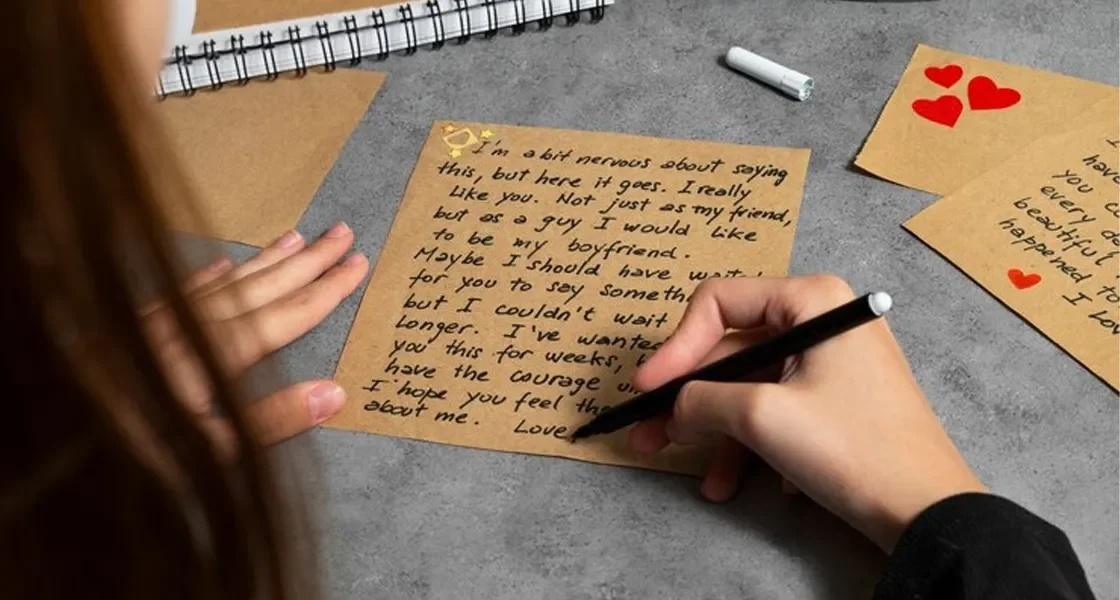
It is a great option to start with a rhyming couplet or quatrain that describes the whole structure of the book without leaking the plots and intensifying turnarounds and characters. It could be a verse of your own, or it could be of anyone else (p.s. mention the credit or take permission to avoid any claim rights).
Let’s explore from every edge;
1 The Rime of the Ancient Mariner. Samuel Taylor Coleridge
Opens with the lines, “It is an ancient mariner, And he stoppeth one of three. ‘By thy long grey beard and glittering eye, Now wherefore stopp’st thou me?’.
Giving all the vibes and direction of what is going to come soon in the climax.
2 Howl. Allen Ginsberg
“Howl” has something that has a distinct voice as it starts with the famous line, “I saw the best minds of my generation destroyed by madness.”
Letting know that the book is going to be about current problems, youth and youth issues.
3 Song of Myself. Walt Whitman
Walt Whitman’s collection “Leaves of Grass” begins with the poem “Song of Myself,” which clearly indicates that it is an exploration of the self and the universe.
An Incident That Changed Main Character:
Starting a book from an incident or a sneak peek into an incident or accident holds the strength to change the overall characteristics of the main character. It holds the power to change a commoner into a villain or death of an ideal or hero the character is very close to, so he becomes a hero adopting that dead person’s characteristics one by one.
Various factors include mental trauma, physical trauma, depression, disability, loss of someone, trouble sleeping, reduced or extra productivity, increased positiveness, personal hardships, etc.
Let’s explore some worthy leads;
1 The Hunger Games. Suzanne Collins
The story begins with the reaping, where Katniss Everdeen’s younger sister, Prim, is chosen as a tribute, setting off a chain of events that will change Katniss’s life forever.
2 The Kite Runner. Khaled Hosseini
The novel opens with a pivotal incident from the protagonist Amir’s childhood that haunts him throughout his life and shapes the course of the story.
3 The Road. Cormac McCarthy
The novel begins in a post-apocalyptic world where the unnamed protagonist and his son are trying to survive, having lost everything and everyone they once knew.
4 The Book Thief. Markus Zusak
The novel starts with Liesel Meminger stealing her first book, an act that introduces her to the world of words and literature during World War II.
Create Climax:
The idea of creating terror or climax in the beginning is possible to be denied by some experts or critics, but it can actually be a perfect start.
We have many ways to start with a climax, such as prologues, a crucible or an inescapable way.
Prologues Examples:
1 A Game of Thrones. George R. R. Martin
The prologue introduces a group of Night’s Watch rangers and sets a chilling tone for the epic tale of political intrigue and power struggles that follow in the series.
2 The Da Vinci Code. Dan Brown
The prologue sets the stage for the mystery at the heart of the novel by introducing a murder in the Louvre Museum and the cryptic clues left behind.
Crucible or Inescapable Way:
1 The Hunger Games. Suzanne Collins
The novel starts with the protagonist, Katniss Everdeen, waking up in her district on the day of the annual reaping, a grim event where young people are selected to participate in a brutal fight to the death.
2 The Maze Runner. by James Dashner.
The story begins with the main character, Thomas, trapped in a mysterious and deadly maze with no memory of how he got there, creating a sense of inescapable danger.
Let’s take a round at some practical examples of direct climax or terror creation starting:
3 The Girl with the Dragon Tattoo. Stieg Larsson
This thriller starts with a mysterious and disturbing disappearance, immediately drawing readers into a web of intrigue and danger.
4 Gone Girl. Gillian Flynn
The novel starts with the sudden disappearance of a wife, and the story quickly becomes a psychological thriller filled with twists and turns.
5 Bird Box. Josh Malerman
The story begins with the world under siege by supernatural creatures that induce madness and suicide, if seen, creating a terrifying atmosphere from the outset.
6 The Passage. Justin Cronin
The book begins with a scientific experiment gone wrong, resulting in the release of vampire-like creatures and the start of a terrifying post-apocalyptic world.
But don’t forget your genre basics, strategies and regulations.
Action Launch:
Starting a book directly by creating an action aura can have a great impact and have the power to fascinate readers to read more till it ends with a hurrah! or alas! It has nothing to do with fight and quarrel sessions, but an action launch is far more than that.
Ummm, let’s go through some examples;
1 For a Rom-com:
“It’s their 10th anniversary today. Ella was ready to be at dinner and obviously expected a surprise, and there was nothing wrong. A very special gift was waiting for her on table #28 at Alastas Resort, and that was their divorce papers.”
2 For a Mystery Thriller:
“They arranged a movie night, and everyone was so excited. Unaware of terrible moments, gazing at them with a huge evil smile.”
Sounds creepy?
Haha! It’s meant to be like this.
Now, get to some practical examples:
3 Dune. Frank Herbert
The novel begins with the arrival of Paul Atreides and his family on the desert planet Arrakis, immediately thrusting the reader into a complex, political, and dangerous world.
4 "The Dark Tower: The Gunslinger" by Stephen King
The first book in the Dark Tower series opens with the gunslinger chasing the Man in Black across the desert, setting the tone for a surreal and mysterious journey.
5 "Ender's Game". Orson Scott Card
The book starts with Ender Wiggin being monitored in his home, hinting at his exceptional abilities and the challenges he’ll face.
6 "The Da Vinci Code". Dan Brown
The novel kicks off with a murder in the Louvre Museum, setting the stage for a high-stakes mystery involving religious symbolism and conspiracy.
Encounter Distinctive Tone:
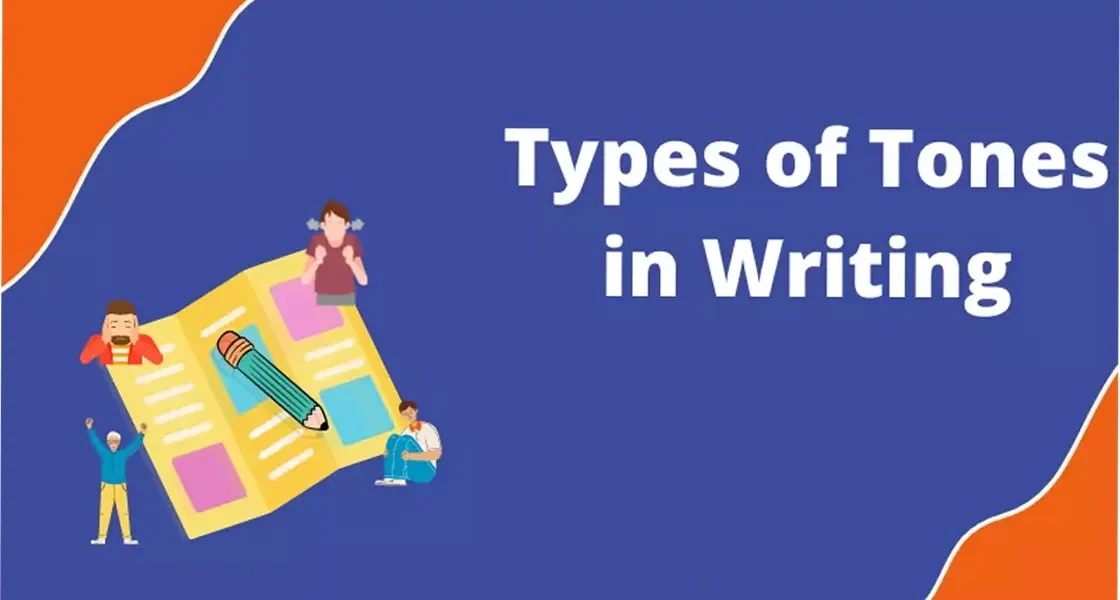
It’s a human psyche that we are more biased towards negative rather than positive. It’s not toxic, but psychology has proven that the human brain has a natural tendency to give weight to negative experiences or interactions more than positive ones.
Let’s understand with the easiest example:
Even in a valley full of beautiful mountains and cool lakes, we will still care more about the quality of the resort where we have to stay for some hours.
Practically;
It can be said that.
“And the elven was showering in sweat as the scorching beams were gazing over him in patios when he was giving the test, and there was no one he could ask help or water for as the school was closed many hours ago”.
- Normally, everyone does their test in the classroom.
- But it’s not normal to give tests in patios after school is closed, and no students were present there except eleven.
Now, there is no question to be raised in the first pointer, but there are thousands of questions waiting to be raised in the second pointer.
What’s the reason behind giving the test on patios? What’s the point of giving the test alone? Who was there to conduct an elven test if the school was closed? Is Elven not allowed to give tests in class with other classmates, or is it some time of bribery?
And the list goes on.
Another example is that:
“And the cars were rushing towards each other, and suddenly there's a major collapse. Ava was seeing this from a safe distance, enjoying Starbucks in her car, and suddenly a slight smile slid on her face.”
- It’s normal that if any accident has happened, be at a safe distance from there.
- But is it normal to see many random people getting seriously injured and dying and smile at that time?
Similarly, the first pointer is a common reaction, but the second one is something that will captivate the reader to put his six senses in the book.
That’s how a distinctive voice works.
Compelling Illustrations:
I have read about books starting from action, poetries, lyrics, distinctive tone, main character intro, and main character background setting books on fire.
But, without a horror or crime book,
Let us give you an interesting plot twist;
What about an idea to take a brilliant start from captivating visuals, including illustrations, infographics, images and even trending video trailers for ebooks?
Not a good artist and don’t know how to illustrate
Forget to worry as highly notable designing agencies are there working for ebooks and hard copies, designing something no one ever can and carrying a solid voice that is not able to break.
Explore with us some implemented examples:
1 "Alice's Adventures in Wonderland". Lewis Carroll
The story began with Lewis Carroll (Charles Lutwidge Dodgson) telling a story to Alice Liddell and her sisters, and he later expanded upon it with the famous illustrations by John Tenniel.
2 "Where the Wild Things Are". Maurice Sendak
Maurice Sendak’s iconic book started with the idea of a picture of a boy in a wolf suit. The book’s story developed around that initial image.
3 "The Mysteries of Harris Burdick". Chris Van Allsburg
This book is a collection of mysterious illustrations, each accompanied by a single caption. The author created the book after being inspired by these enigmatic pictures.
Think Cinematically:
Visualize first what you are thinking of writing. Thinking cinematically helps out in visualizing the emotions more strongly. Try to bring every character and scene to life. Make them breathe. It helps out by coming over different obstacles and upcoming plots.
Just flow with the stream in the imagination world, and don’t forget to keep your reader’s point of view in mind, as it will enhance your writing capabilities and will give you a wonderful aura.
It could be a good option for fiction writing, but what for non-fiction?
Let’s take an example of suspense writing:
You can visualize it by your end because you were the one who struggled or faced it, but it’s hard to understand what your audience will think. No worries, as many well-known and reputable fiction and non-fiction writing agencies for book writing wrap up a masterpiece that will leave an ever-lasting impression on the mind.
One Size Never Fits All:
“As such, there is no one-size-fits-all approach that anyone can offer you. The hot water that softens a carrot will harden an egg.” ( ― Clayton M. Christensen )
No quote has better defended the title “One Size Never Fits All” as the above one did. Getting through every suggestion and reading every idea and thought mindfully is wonderful, but it doesn’t mean that you have to fit everyone in your story, and neither is it possible to an extent.
Even aside from logical aspects,
Your heart and emotions will not allow you to add cooking recipes in a rom-com starring, nor can you start with the top 18 business ideas in adult fiction.
Before choosing any suggestion, idea or recommendation, do thorough research on what your genre is all about. What is its writing style? What style guides fit the best? How many plot twists does your audience expect? What could be an extreme ending, whether happy or sorrowful? And the list carries on.
Just visualize every part from both of the ends and then pick the next hit starting of yours among the above ones.
Build Convincing World:
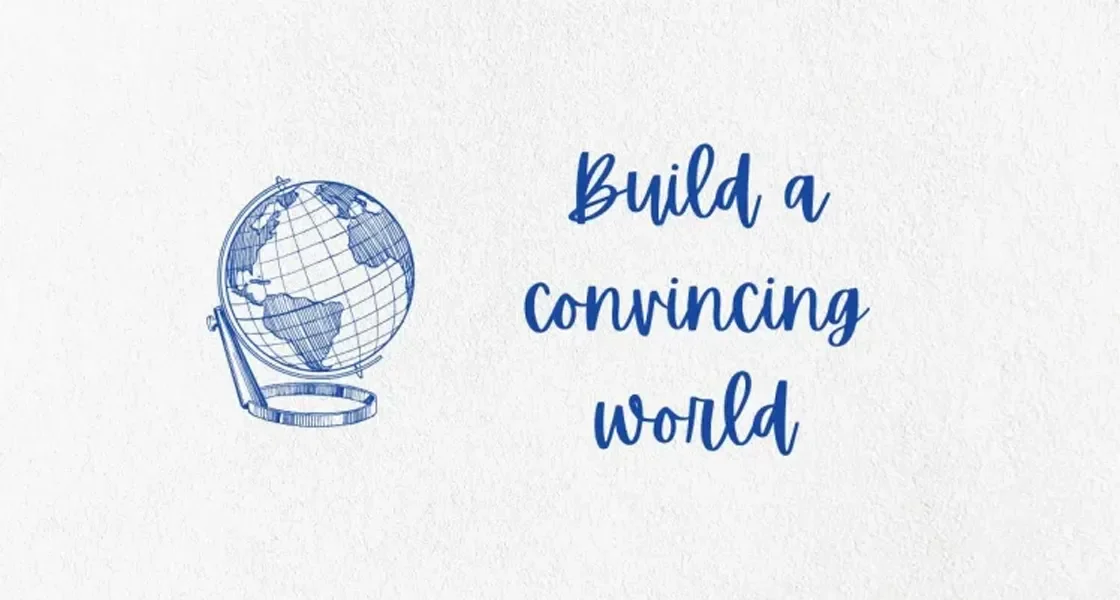
Writing a fictional world permits you to write whatever you want to. It could be any new law you want to invent, even if you are not a scientist and a chef in real life.
It could be any species or animal that has never existed before or has no way to come early due to biophysics, or it could be any country or state that has no past in Earth’s history.
Its psychology proved that most fiction books have places that never existed, but writers loved, wanted to live there, or at least wanted some of it in the real world.
So, through surveys and research of what your audience wants to read, build a convincing world for them where they can easily fit in, feel relaxed, and love to be there.
But that doesn’t mean to let know all the magic tricks.
There should always be some lumps and bumps, problems and terror that can make it, not a creamy puff to swallow.